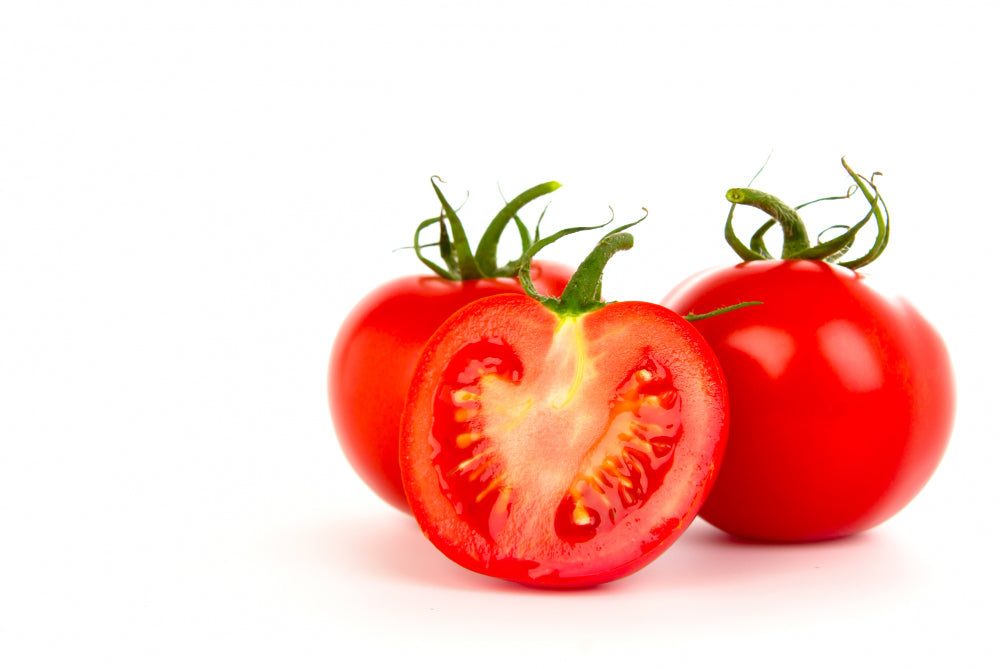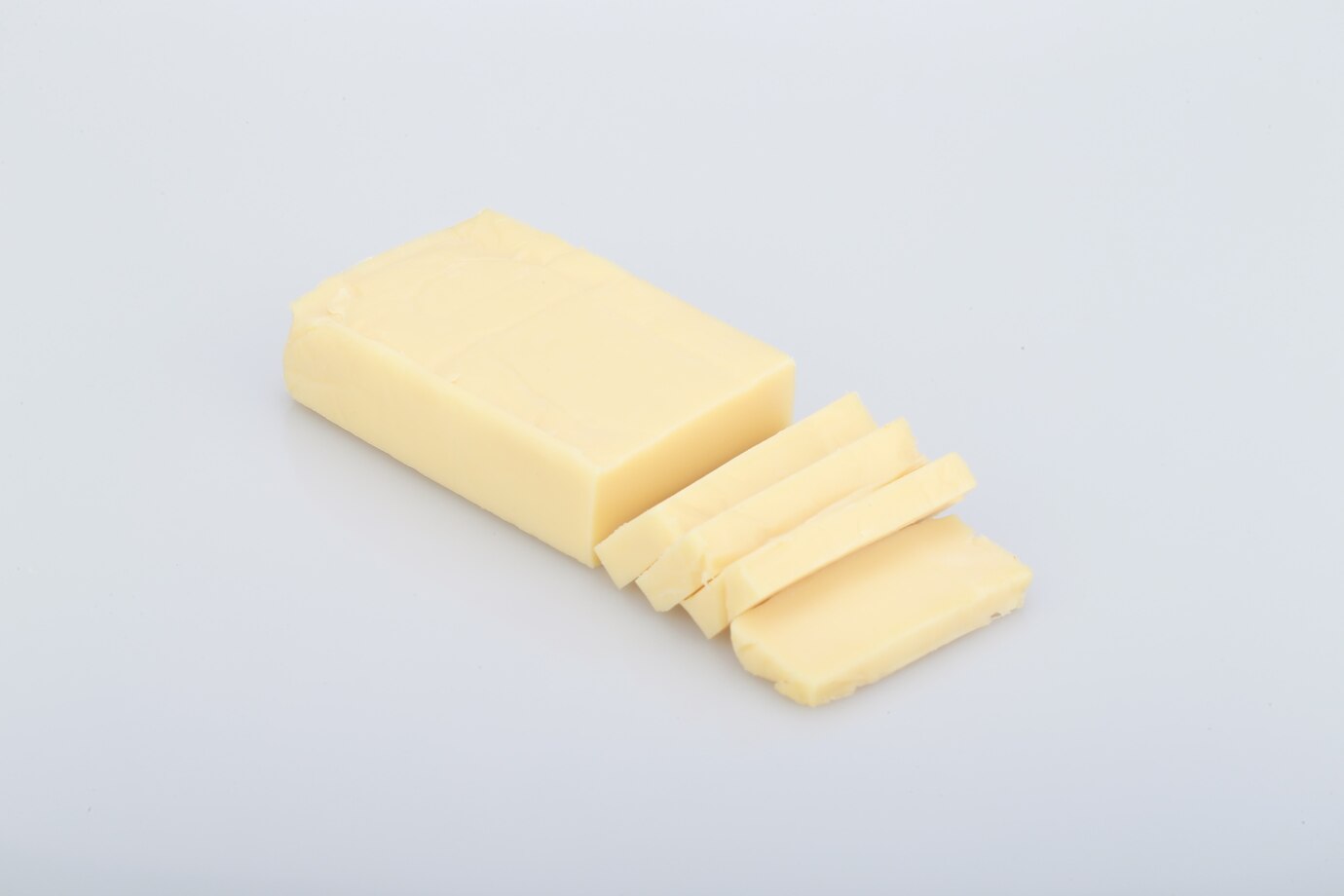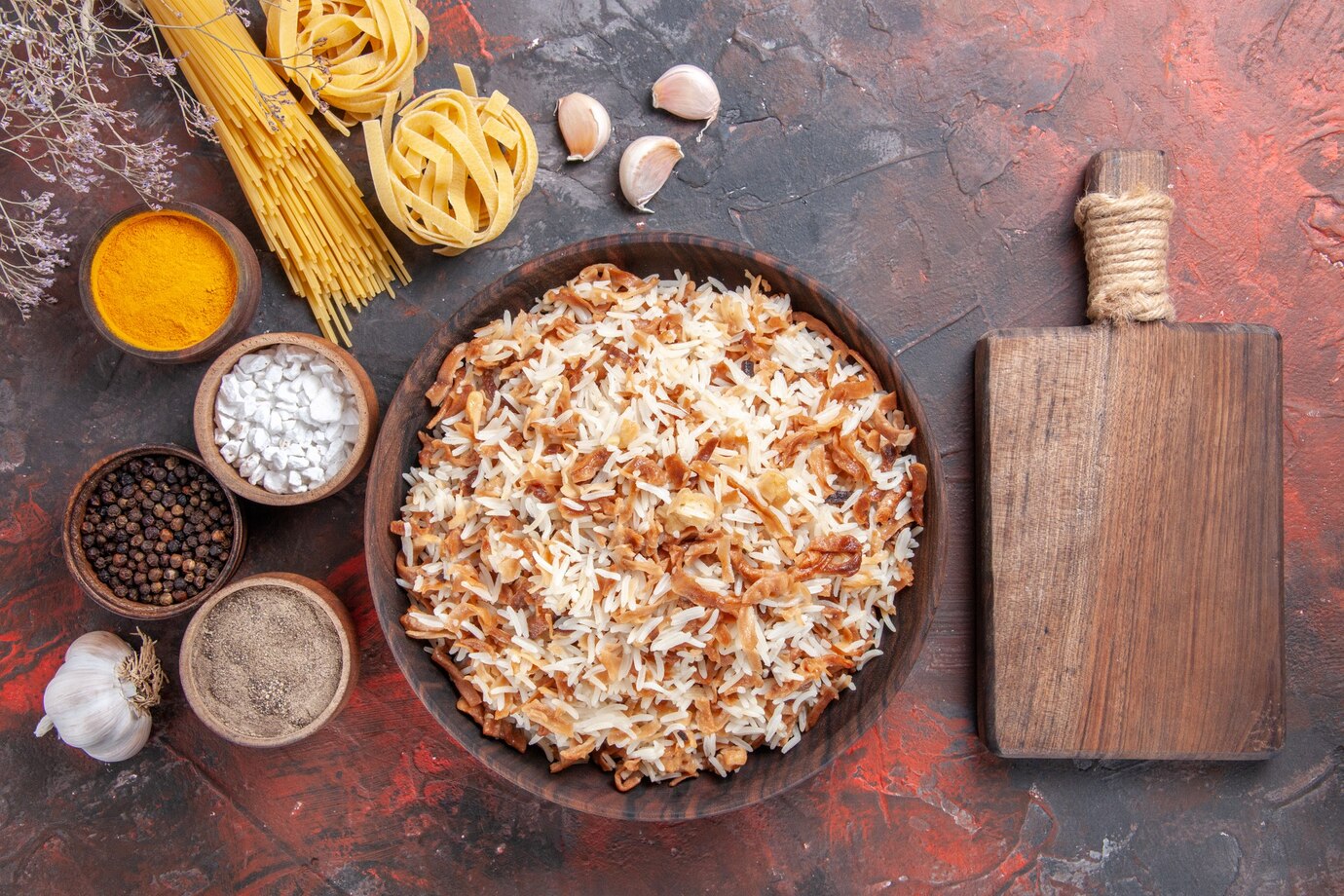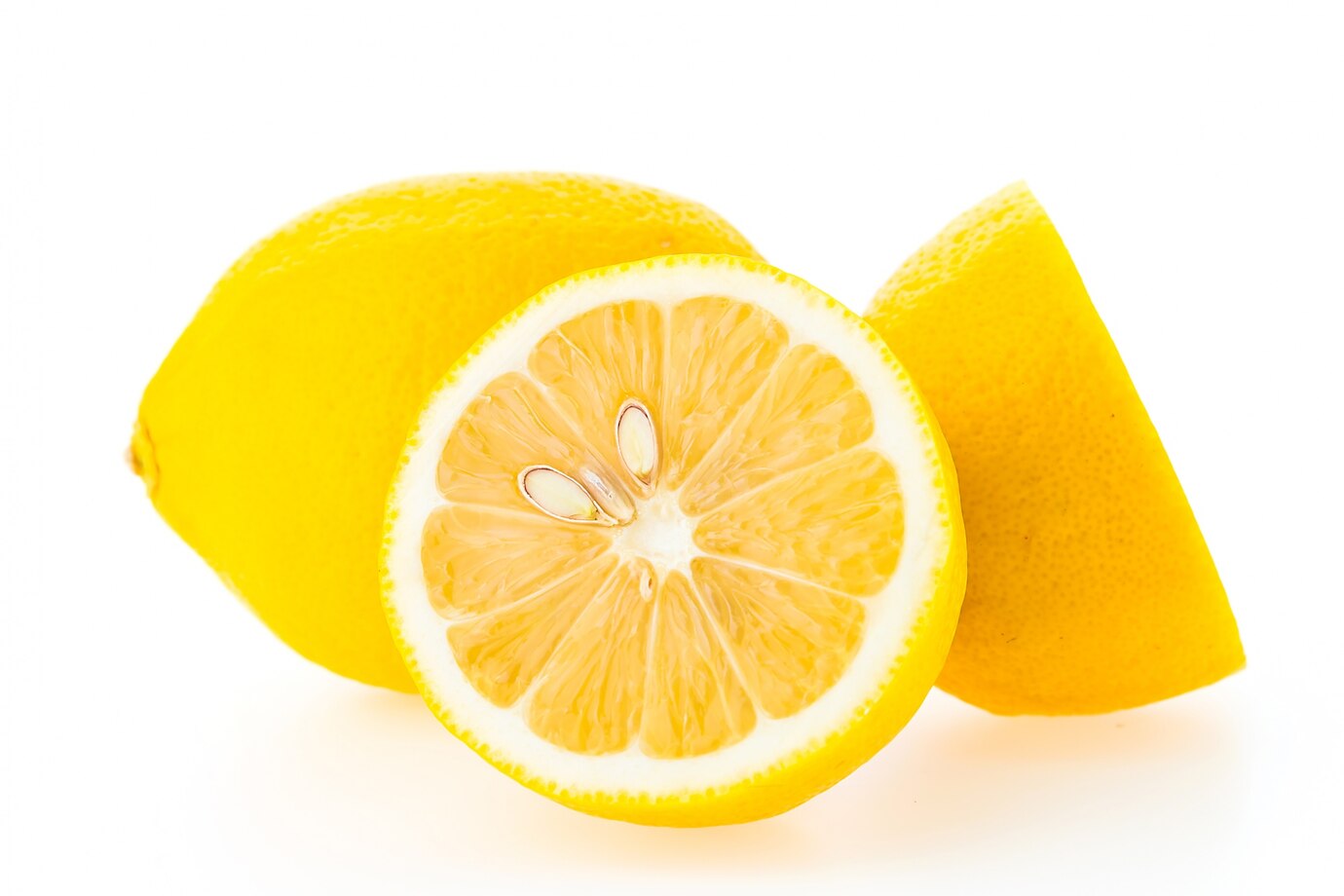
We Tried 5 Methods for Storing Tomatoes, and the Best One Truly Shocked Us
When I think of summer produce, the number-one thing that comes to mind is tomatoes. Once the long winter months finally fade and spring transitions into blissful summer days, I make it my mission to get as many in-season tomatoes to make as many tomato recipes as possible.
A perfectly ripe, fresh-tasting, and slightly crisp tomato makes for the best BLT, caprese salad, and tomato sandwich. But often, my consumption rate doesn’t match the speed at which the fruits fully ripen, and I’m left with a mushy, slightly rotten tomato at the end of the week. To avoid this, I set out to test a variety of methods for storing tomatoes. The goal? To keep them as fresh as possible for as long as possible!
How I Found the Best Way to Store Tomatoes
After a good amount of research, I found five different techniques for storing tomatoes. The techniques ranged from a classic refrigerator tomato to storing them upside down.
- The tomatoes: I bought eight on-the-vine beefsteak tomatoes at my local grocery store, all of which were relatively the same size. I wanted to buy tomatoes that were easy to find for most people and readily available across the U.S. I also used tomatoes that were only just starting to ripen in order to let the storage methods make more of a noticeable effect.
- The “control”: I also included a “control” tomato as one method, which was simply keeping it at room temperature on my kitchen table, which many people often do.
- The time frame: I allowed for 10 days of ripening and storage before carefully examining the condition of each of the tomatoes.
- The taste test: After 10 days, I tried each tomato and gave them a rating based on overall taste, texture, and ripeness and looked for any signs of over ripening, such as mushiness and wrinkling on the surface.
- Rating: Each method is rated on a scale of 1 to 10, with 10 being a perfect score and representing the freshest tomato, and 1 representing the least fresh tomato. Everything from ease of use, to convenience of storage, to overall taste went into the final number.
Tomato Storage Method: Open-Air Refrigeration
- State after 10 days: Pale and tasteless
- Rating: 2/10
After placing my tomato on a plate and refrigerating it for 10 days, it did indeed keep my tomato from spoiling. However, with coldness comes tastelessness. My tomato turned a pale red color, and almost looked slightly bleached inside. If you must use this method, I recommend removing it from the fridge at least an hour before use.
Tomato Storage Method: Closed-Container Refrigeration
- State after 10 days: Mealy and pale
- Rating: 2/10
I stored my tomato in a classic clear deli container, with a lid, for 10 days. This produced the same results as the open air tomato, with the same mealy texture and sour aftertaste. It took up a smaller footprint than the plate my other tomato was on, but the taste test made it clear that this method did nothing other than ruin a perfectly good tomato.
Tomato Storage Method: On the Countertop (the “Control”)
- State after 10 days: Mushy and short-lived
- Rating: 3/10
As I thought, my tomato quickly languished in my warm New York City apartment kitchen. It only took five days for the tomato to turn soft and mushy. I’m rating it a bit higher than the refrigerated tomatoes because overall the flavor was better, even if the tomato had a shorter lifespan.
Tomato Storage Method: Stem-Side Down
- State after 10 days: Minor moisture loss, but still delicious
- Rating: 9/10
I learned this classic method from farmers at the market when I was young. I always assumed it was an old wives’ tale, but after a bit of research, I found this wasn’t the case! When tomatoes are stored right-side up, it allows for air to flow easily around the stem, which is essentially an open pathway for mold and bacteria. By turning the tomato upside down and storing it, it creates a small barrier against the oxygen, slowing down the potential mold. After the 10 days elapsed, there were minor moisture loss marks around the stem of the tomato, but the firmness and the sweetness of the tomato still shined through beautifully.
Also an upside, a room-temperature tomato equals a delicious tomato. There’s no wait time for removing the tomato from the fridge and allowing it to warm up. The only downside to this method was ensuring that the tomatoes always stayed stem-side down, which, with two cats in the home, proved to be a bit harder than I thought.
Tomato Storage Method: Stem Side-Up with a Taped Stem
- State after 10 days: Delicious and visibly unchanged
- Rating: 10/10
This method was tested by Serious Eats. This particular technique was my absolute favorite! It was simple and quick and I didn’t have to worry about my cat constantly batting my upside-down tomatoes right-side up. The theory is the same as the upside-down tomatoes, in which you create a barrier to potential bits of bacteria and mold. Place a small piece of tape (any kind will do) over the small stem bump and leave it there until you are ready to use your tomato.
I was thrilled to see the tomato was essentially the same as when I’d purchased it 10 days ago. The skin was tight, there was no visible moisture loss, and when I lightly pressed on the tomato, it bounced back easily. Once you’re ready to put BLTs on the dinner menu, just remove the tape and slice them up.
Again, skipping the step of refrigerating and bringing the tomato back to room temperature made my weeknight meal easy and accessible.
Takeaways
If you have a bit of tape on hand and under two minutes to spare, tape your tomatoes! It was the easiest, most efficient way to prevent tomatoes from spoiling too quickly and kept them fresh for 10 days. If you don’t, storing them upside down is a close second.
























